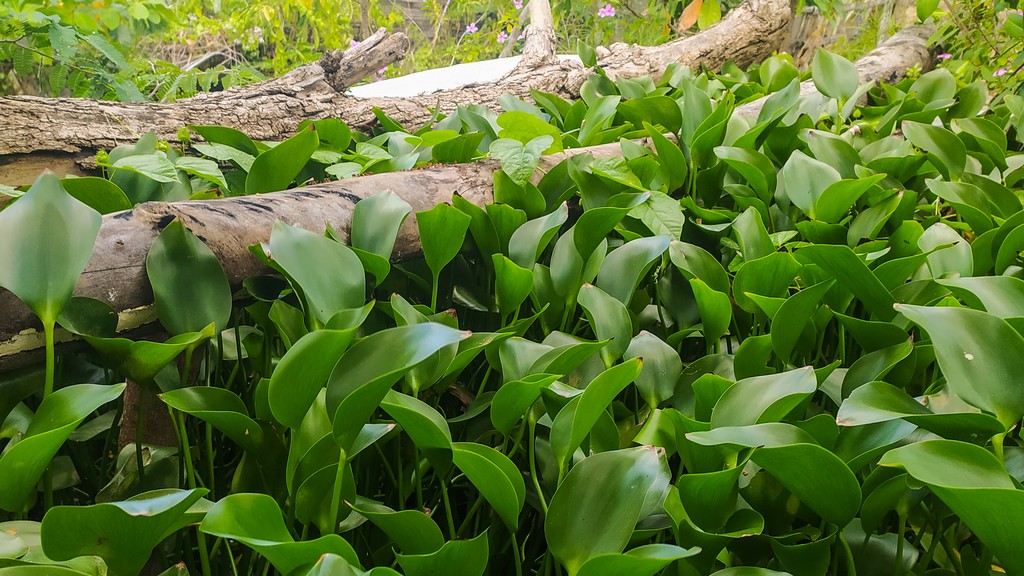Did you ever wonder what happens with the wastewater from R.O.L.E. Foundation’s Environmental Centre toilet? Surely we are not going to let it end up in the ocean. Here is an ecological solution of sewage water treatment which you can find on our site.
Some facts about wastewater

Wastewater is any water that has been contaminated by human use. It can come from domestic, industrial, commercial and agricultural activities. Contaminated wastewater is world wide’s leading cause of diseases like cholera, dysentery, diarrhea, and dehydration, which are all results of poor wastewater management. On top of the negative health aspects, the pollution of rivers and oceans is also leading to a great loss of biodiversity worldwide and can cause degradation of rivers, lakes, oceans, and groundwater. Therefore, the correct treatment of wastewater is crucial for a healthy environment. Constructed wetlands are a great “zero-waste” solution to clean wastewater in a natural way.
Constructed wetlands

Constructed wetlands enable the return of nutrients and create green zones by treating and recycling sewage, while protecting the groundwater and preventing water contamination. Up until now at R.O.L.E.’s Environmental Centre, constructed wetlands have been used to treat some components of blackwater. Blackwater is a type of wastewater that contains feces, urine, water, and toilet paper from flush toilets. Human “waste products” such as urine and feces are actually important resources that can help to rehabilitate soil and “feed” our environment. But they most likely contain pathogens which makes a proper treatment very important.
How do constructed wetlands work?

Here is a basic scheme of how constructed wetlands work. The one on R.O.L.E.’s Environmental Centre is similar to this one, having a septic tank from where the liquids are led into three pools on a slope.
In the initial stage, liquids and solids are separated in a watertight underground septic tank. In the second stage, the wastewater from the septic tank, which is rich in nutrients, is led into a water-proof pool. The pool is planted with a variety of selected wetland/water plants and sediments can sink down before the surface water flows into the next pool. The plants are feeding from the nutrients and filtering the water at the same time. This happens in three pools which ensures the minimum residence time of 4 days. After the process, the filtered water is drained into the garden.
Through the imitation of natural wetland systems with the help of plants, microbes, sunlight, and gravity, wastewater can be transformed into healthy gardens and reusable water.
Do you in any way reuse wastewater, for example from your shower or washing machine?
Let us know in the comments!


Recent Comments